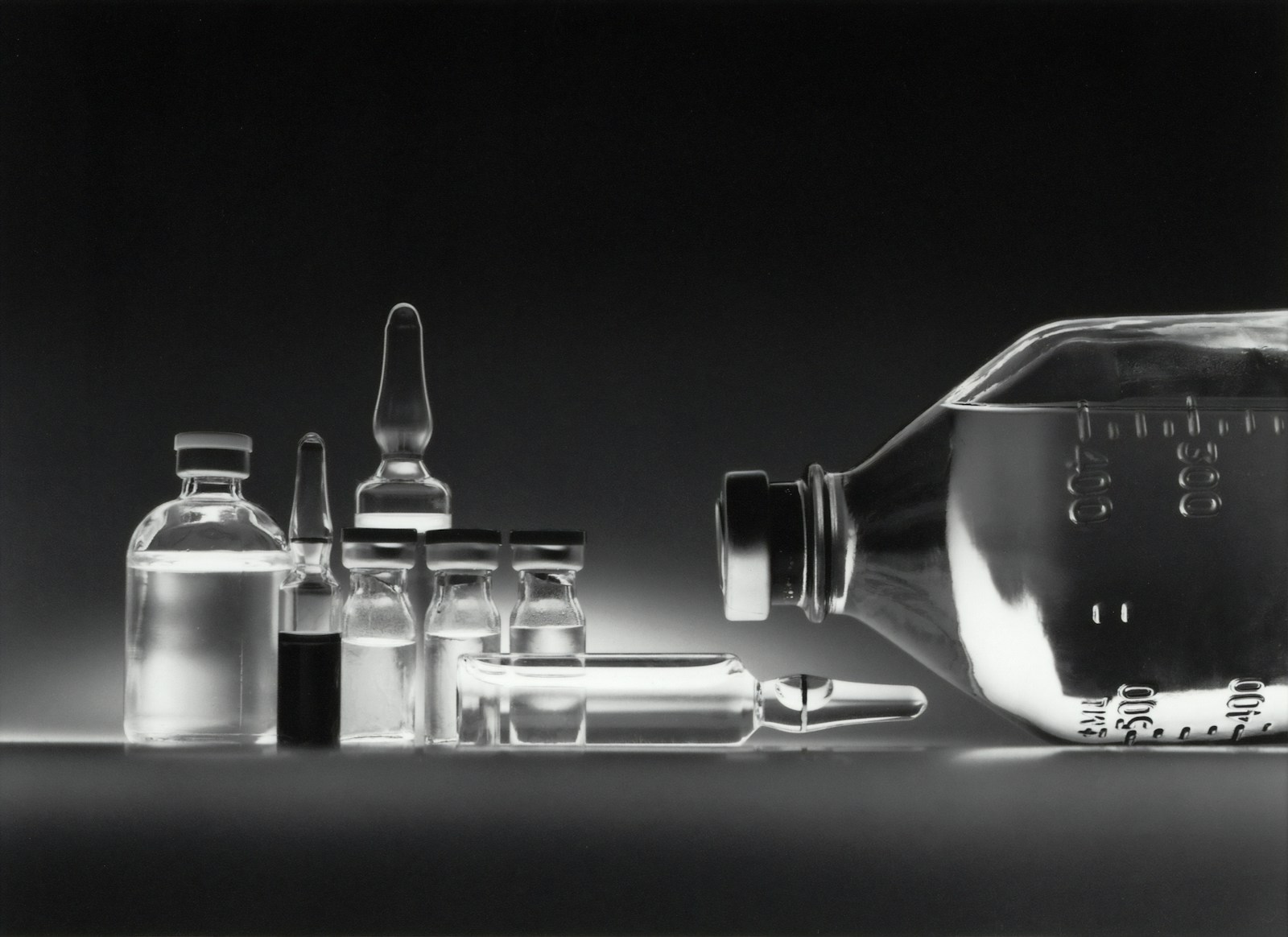Nitrosamines have become one of the most scrutinized impurities in modern pharmaceutical manufacturing.
Since their discovery in several drug products in 2018, these compounds — known for their potential genotoxicity — have reshaped the way both R&D and production teams approach impurity control.
At GenEvolutioN, our philosophy is simple: effective risk management starts long before detection.

Where do nitrosamines come from?
Nitrosamines can form at nearly every step of the drug product life cycle.
Their precursors — secondary or tertiary amines and nitrosating agents — may originate from:
- Raw materials (solvents, reagents, catalysts)
- Manufacturing processes (residual amines, nitrites in excipients, process water)
- Formulation conditions (pH, temperature, oxidizing agents)
- Packaging interactions (nitrosating substances migrating from certain rubbers or inks)
This ubiquity explains why prevention, not remediation, is the most cost-effective strategy.
Building an integrated nitrosamine risk assessment
A robust risk analysis integrates both chemical logic and regulatory expectations (ICH M7, EMA, FDA).
The goal: identify all potential sources before they manifest analytically.
GenEvolutioN’s approach combines:
- Structural evaluation of potential nitrosamine precursors in APIs or excipients
- Assessment of process conditions conducive to nitrosation
- In silico modelling (QSAR / CPCA) to estimate theoretical Acceptable Intakes (AI)
- In vitro toxicology testing (EAT, MLA, MN) to confirm Acceptable Intakes
- Documentation review to justify negligible-risk pathways
This upstream evaluation allows companies to justify mitigation scientifically — and avoid unnecessary confirmatory studies.

From risk to action: practical prevention measures
Once potential formation routes are identified, several corrective actions can be implemented:
- Reformulate to remove secondary amines or replace nitrosating excipients
- Adjust process parameters (pH, temperature, oxidation potential)
- Select safer packaging materials validated as nitrosamine-free
- Control incoming materials through supplier qualification and specifications
Every measure should be documented within a CAPA driven control strategy, aligning chemistry, manufacturing and regulatory compliance.
How GenEvolutioN supports your proactive nitrosamine management
At GenEvolutioN, we don’t just detect nitrosamines — we help prevent their formation.
Our scientists support pharmaceutical teams through:
- Risk evaluation (theoretical + predictive)
- Training and technical guidance on process-related nitrosamine risks
- Collaborative review of data to establish a robust, science-based risk assessment
- Analytical determination (LC-MS/MS, HRMS) when exploratory or confirmatory testing is justified
By anticipating risks rather than reacting to findings, we help clients secure regulatory compliance while saving time and resources.
Nitrosamine prevention begins upstream — in the design of molecules, processes and analytical thinking. GenEvolutioN transforms data and science into actionable prevention strategies.

